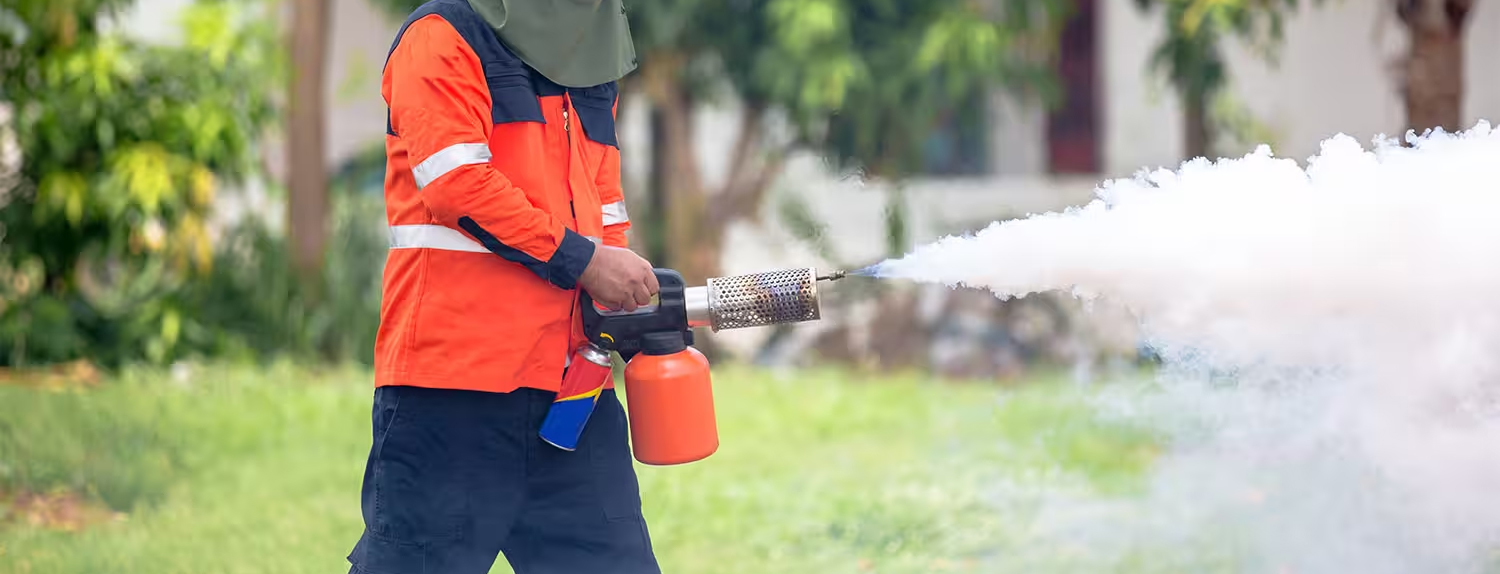
Pigeon Netting
Bird spikes are physical bird deterrent devices commonly used to prevent birds from landing or roosting on certain surfaces. They are typically made of materials such as stainless steel, plastic, or polycarbonate. The spikes are attached to surfaces where birds tend to perch, such as ledges, roofs, signs, and beams. The sharp spikes make it uncomfortable or impossible for birds to land, discouraging them from settling in those areas.
Bird spikes come in various shapes and sizes, but they generally consist of thin, pointed rods or spikes arranged closely together.
Some bird spikes are designed to be flexible, allowing them to conform to curved surfaces, while others are rigid and suitable for flat surfaces. They are often installed using adhesive, screws, or tie-wraps, depending on the surface and the specific design of the spikes.
Overall, bird spikes are a humane and effective way to manage bird-related problems in urban environments without causing harm to the birds themselves.
Spacing: Bird spikes should be installed with the spikes pointing upwards and spaced closely enough to prevent birds from landing or perching between them. The spacing depends on the species of birds you are trying to deter.
Maintenance: Inspect the bird spikes regularly to ensure they are intact and free of debris. Clean the spikes as needed to maintain their effectiveness.
Bird spikes are a humane and effective way to deter birds without causing harm. They are commonly used in urban areas, commercial buildings, airports, and agricultural facilities to prevent bird-related damage and nuisances. However, it's essential to check local regulations before installing bird spikes, as some areas may have restrictions on their use. Additionally, bird spikes should be complemented with other bird control methods for comprehensive bird management.








